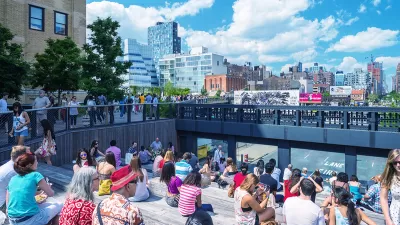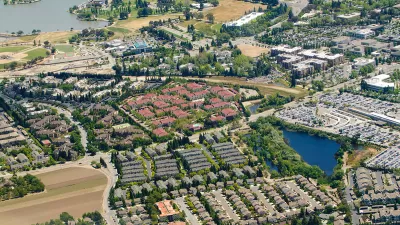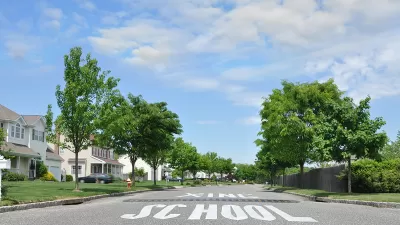The author of the "The Rise of the Creative Class" and the "New Urban Crisis" says cities have had their moment.

[Updated September 5, 2017] "As it turns out, the much-ballyhooed new age of the city might be giving way to a great urban stall-out," according to an opinion piece written by Richard Florida.
While many, if not most, large cities grew faster than their suburbs between 2000 and 2015, in the last two years the suburbs outgrew cities in two-thirds of America’s large metropolitan areas, according to a detailed analysis of the latest census data by the demographer William Frey of the Brookings Institution. Fourteen big cities lost population in 2015-16 compared with just five in 2011-12, with Chicago, the nation’s third-largest city, hemorrhaging the most people.
Florida presents more data to support this depiction of urban areas before examining some of the causes of this reversal of fortune. "Foremost is a recent uptick in violent crime," according to Florida, and then there's the fact that "the most desirable cities have become incredibly expensive places to live."
"Finally, the anti-urban mood in Washington and many state legislatures is making things worse for cities at the worst possible time," writes Florida to end the argument about the causes of the urban malaise. The opinion piece, however, is concluded with an appeal to the importance of cities in the national economy.
Florida's take on the national zeitgeist is echoed in another recent article from Bloomberg that pins much of the current demographic trends on choices made by the Millennial generation.
[Post updated with the correct title of The Rise of the Creative Class.]
FULL STORY: The Urban Revival Is Over

Alabama: Trump Terminates Settlements for Black Communities Harmed By Raw Sewage
Trump deemed the landmark civil rights agreement “illegal DEI and environmental justice policy.”

Planetizen Federal Action Tracker
A weekly monitor of how Trump’s orders and actions are impacting planners and planning in America.

Why Should We Subsidize Public Transportation?
Many public transit agencies face financial stress due to rising costs, declining fare revenue, and declining subsidies. Transit advocates must provide a strong business case for increasing public transit funding.

Understanding Road Diets
An explainer from Momentum highlights the advantages of reducing vehicle lanes in favor of more bike, transit, and pedestrian infrastructure.

New California Law Regulates Warehouse Pollution
A new law tightens building and emissions regulations for large distribution warehouses to mitigate air pollution and traffic in surrounding communities.

Phoenix Announces Opening Date for Light Rail Extension
The South Central extension will connect South Phoenix to downtown and other major hubs starting on June 7.
Urban Design for Planners 1: Software Tools
This six-course series explores essential urban design concepts using open source software and equips planners with the tools they need to participate fully in the urban design process.
Planning for Universal Design
Learn the tools for implementing Universal Design in planning regulations.
Caltrans
Smith Gee Studio
Institute for Housing and Urban Development Studies (IHS)
City of Grandview
Harvard GSD Executive Education
Toledo-Lucas County Plan Commissions
Salt Lake City
NYU Wagner Graduate School of Public Service




























